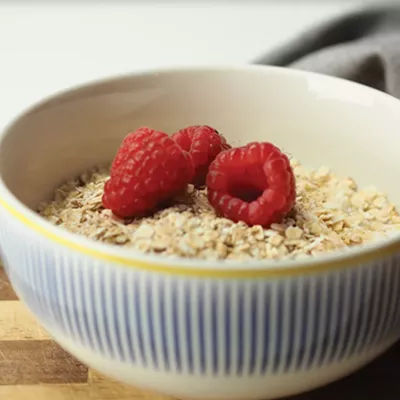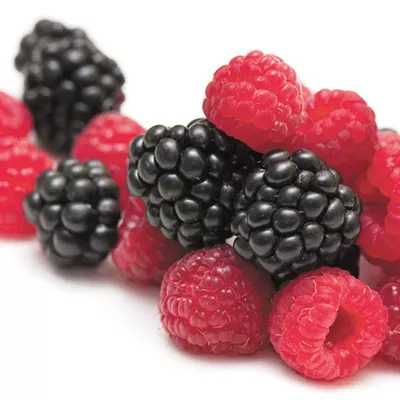Cabbage is a staple veggie in cuisines all around the world. From sauerkraut to stir-fries, this unique leaf not only packs in the flavor, but also the nutrients. Cabbage is a member of the Brassica genus, which makes it a relative of kale, broccoli and Brussels sprouts. This versatile veggie can be found in a multitude of shapes, sizes and colors.
Attributes
Cabbage can be consumed in a variety of forms all year-round. It is also commonly fermented to make sauerkraut and kimchi, adding the benefits of a rich supply of probiotics to this already nutrient-dense leafy veggie. Just one cup of cabbage provides nearly a full day's worth of vitamin K, as well as lots of vitamin C, folate and fiber. Cabbage is also naturally high in water content and low in calories and sodium. Red varieties of cabbage also pack in additional flavonoids called anthocyanins that have been attributed to reduced risk of heart disease.
Super Powers
Vitamin K is crucial for the body's blood clotting mechanism to work properly, and is also important for the binding of calcium in your bones. Cabbage is also rich in insoluble fiber, the fiber that feeds your gut microbiota to improve digestion and the overall health of your gut. Additionally, if you choose to regularly eat cabbage in its fermented forms, you'll be adding beneficial probiotics to your intestinal flora. Cabbage is also rich in vitamin C, a powerful antioxidant that also helps your body bind iron, make collagen and maintain immune function. Additionally, red cabbage has been found to contain up to 30 percent more vitamin C than its green-leafed relatives.
Weaknesses
Like many veggies rich in vitamin C, it's worth noting that cooking cabbage actually breaks down this antioxidant, as well as some other nutrients. Some of this nutrient loss can be avoided by steaming instead of boiling or high-heat sautéing. To avoid all nutrient loss, you can eat cabbage raw or fermented. However, know that cooking your cabbage isn't all bad news — the process of cooking also helps to make veggies easier to digest and actually improves the absorption of some other nutrients. Overall, it's likely best to balance your consumption of raw and cooked cabbage (as well as other veggies) to get the maximum benefits.
How to Use It
Whatever the weather outside your window looks like, there's likely a comforting cabbage dish to accompany it. In cold winter months, cabbage stews and stir-fries are a hearty, healthy go-to that will warm your soul. On the other hand, some shredded cabbage with a squeeze of lemon and a pinch of salt makes a simple slaw to accompany summertime barbeques. Fermented cabbage like sauerkraut is a great staple to have year-round — try it as a burger or sandwich topping or as a creative ingredient in your favorite dish.There are likely a few different varieties of cabbage at your grocery store. The typical tight, round heads of cabbage are a great go-to for almost any cabbage dish and are usually available in red or green varieties. Try using Napa cabbage next time you want to make an Asian-inspired stir-fry, fried rice or noodle dish. Since they're larger and flexible, you can even use the leaves of Napa or Savoy cabbage as a nutrient-packed, carb-free bread substitute for burgers, sandwiches or rolls.
Stacey Aggarwal received a Ph.D. in pharmacology from the University of Washington. Now she writes about biology, health and nutrition while running a lavender farm in North Idaho.
























